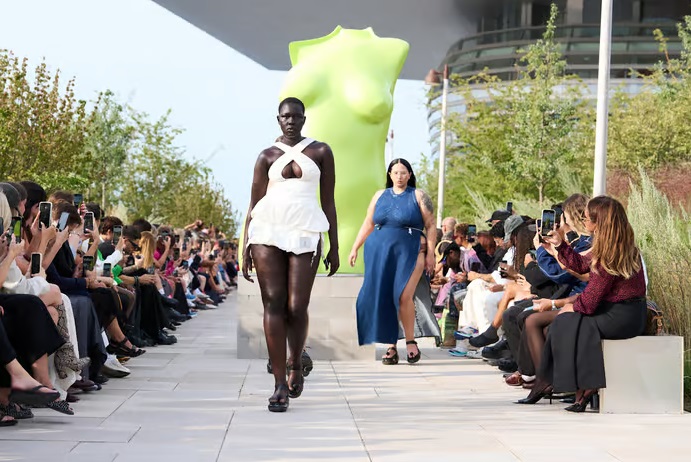Blog
SS25: Copenhagen Fashion Week – Where Creativity, Inclusion, and Commerce Intersect
As Berlin Fashion Week aims to establish itself as the next London, a breeding ground for young creative talent, Copenhagen Fashion Week has been quietly carving its niche. No longer overshadowed by the more established Fashion Weeks, the Danish capital’s fashion event is rapidly becoming a blueprint for the future, where sustainability, innovation, and inclusivity take center stage. But how does Copenhagen Fashion Week, now backed by powerhouse sponsor Zalando, balance its progressive ideals with commercial viability?
Sinéad O’Dwyer: A Milestone in Fashion Inclusion
In a season where the discourse around accessibility and inclusivity is becoming ever more significant, it was the work of Irish designer Sinéad O’Dwyer that stood out. O’Dwyer, who relocated from London to Copenhagen after winning the prestigious Zalando Visionary Award, brought her deeply-rooted commitment to inclusion to the forefront of Copenhagen Fashion Week.
The award granted her a significant financial boost of 50,000 euros and a coveted spot on the official fashion week schedule. O’Dwyer’s work has always championed body diversity, but her SS25 collection pushed boundaries further by designing not just for the visually impaired but also ensuring that her runway was accessible. Collaborating with the Danish Association of the Blind and the non-profit organization Hair and Care, O’Dwyer transformed Copenhagen’s Opera Park into a space where fashion truly was for everyone.
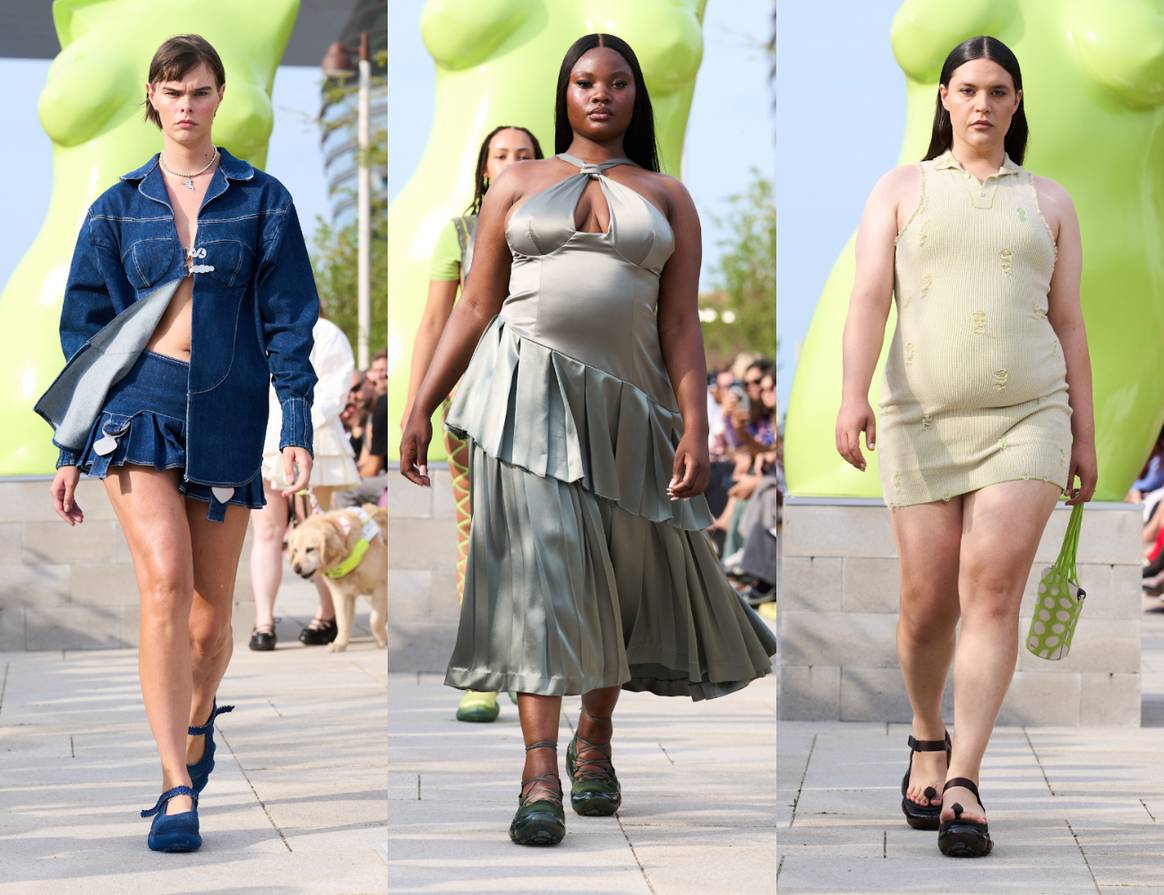
The collection itself was a textural wonder, featuring strappy dresses, bodysuits, and cut-out silhouettes, complemented by her first foray into denim. However, it wasn’t just the clothes that spoke to her inclusive vision. O’Dwyer provided audio descriptions and fabric samples for each look, making the show accessible to blind and visually impaired attendees. The runway moment of blind activist Lucy Edwards, accompanied by her guide dog Miss Molly, was a groundbreaking statement – the first of its kind at Copenhagen Fashion Week. This was not just a fashion show but a manifesto for the industry’s future, where inclusion is not just an afterthought but the main event.
O’Dwyer’s trailblazing efforts were particularly noteworthy as they highlighted a gap in body diversity on the runway this season. This could reflect the financial strains faced by emerging designers, who must balance creativity with the harsh realities of producing garments for diverse body types. As the industry grapples with these challenges, O’Dwyer’s work is a powerful reminder that inclusion, though costly, is invaluable.
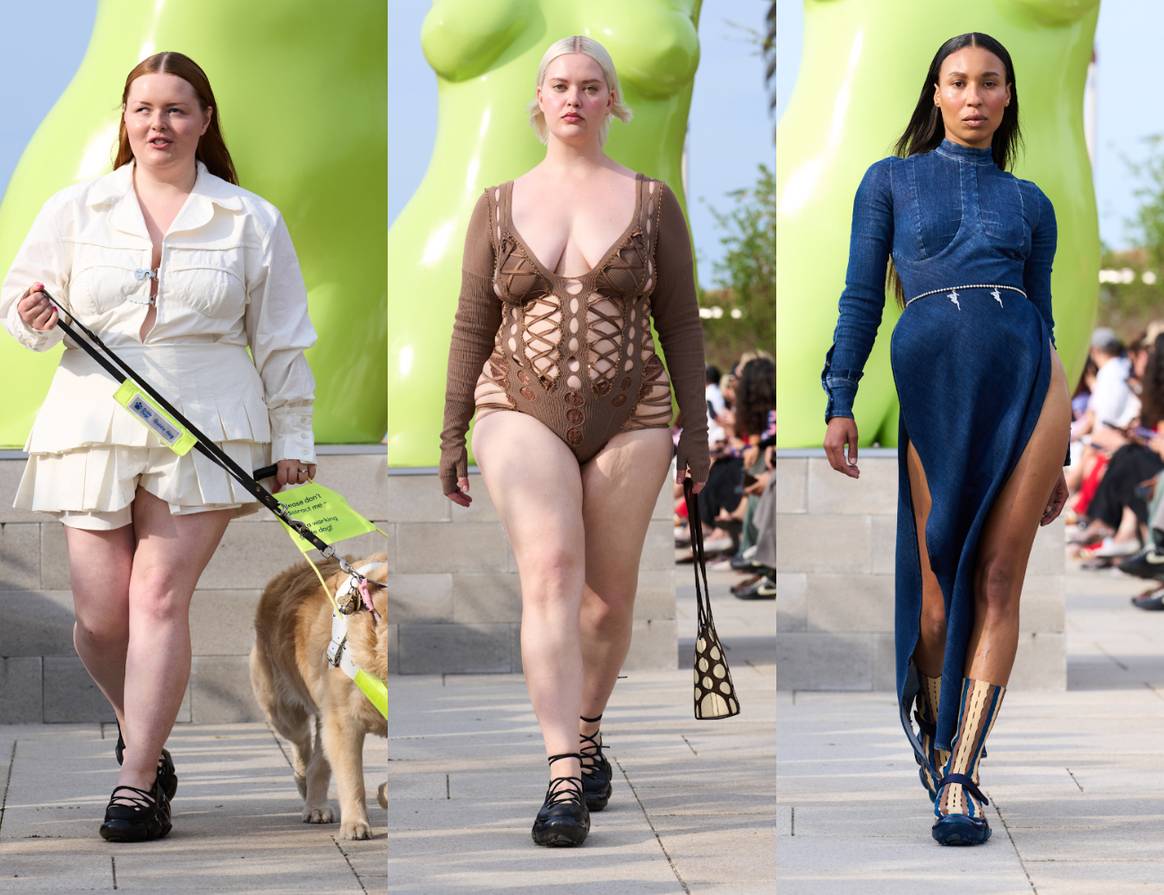
A Roege Hove: Resilience and Reinvention
One of the most anticipated returns this season was that of A Roege Hove, a brand that had once been at the forefront of Copenhagen’s fashion scene before economic challenges forced it into hiatus. Founded in 2018 by Amalie Røge Hove, the label faced the harsh realities of the fashion industry’s financial ecosystem – retailers delayed payments, leading to a domino effect that culminated in the brand’s temporary closure in autumn 2023.
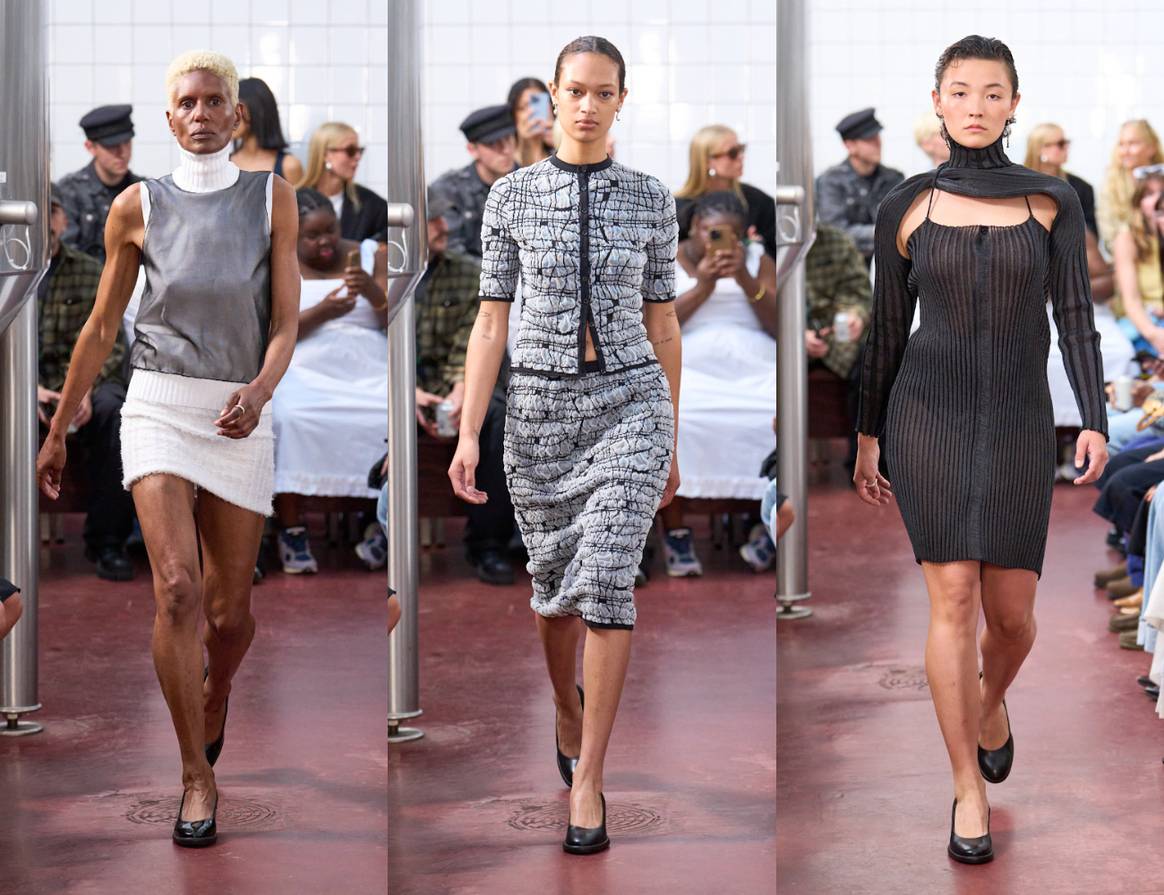
Now, A Roege Hove is back, and with it, a renewed sense of purpose and maturity. While knitwear remains a core component, the brand has evolved, as evidenced by a diverse casting that included models of varying ages and sizes. The SS25 collection featured structured slip dresses, ribbed midi skirts, and capri pants in a muted palette of silver, cream, and beige, with a surprise pop of neon green. This new direction suggests a brand that has weathered the storm and is ready to reclaim its place in the industry.
The story of A Roege Hove is not unique. Many young brands face similar struggles, where creativity is often stifled by financial constraints. However, Hove’s resilience and ability to pivot in the face of adversity is a testament to the tenacity required to succeed in fashion.
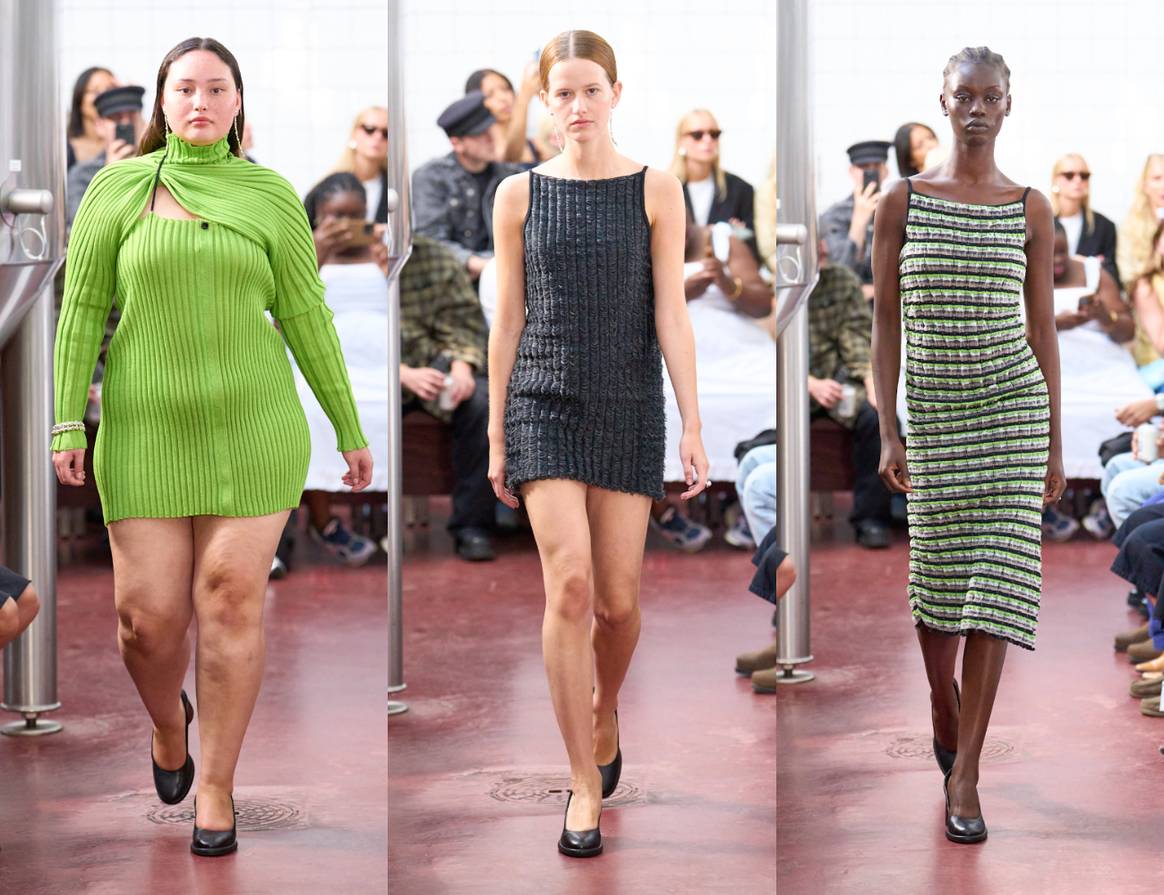
(Di)Vision: The Power of Reinvention
Another comeback that sparked interest was that of (Di)Vision, a brand known for its viral tablecloth-dress stunt in AW23 but which struggled to convert its online momentum into financial stability. Sponsored by beauty giant The Ordinary, (Di)Vision returned to Copenhagen Fashion Week with a direct-to-consumer approach, opting for a “see-now-buy-now” collection that emphasized immediate accessibility.
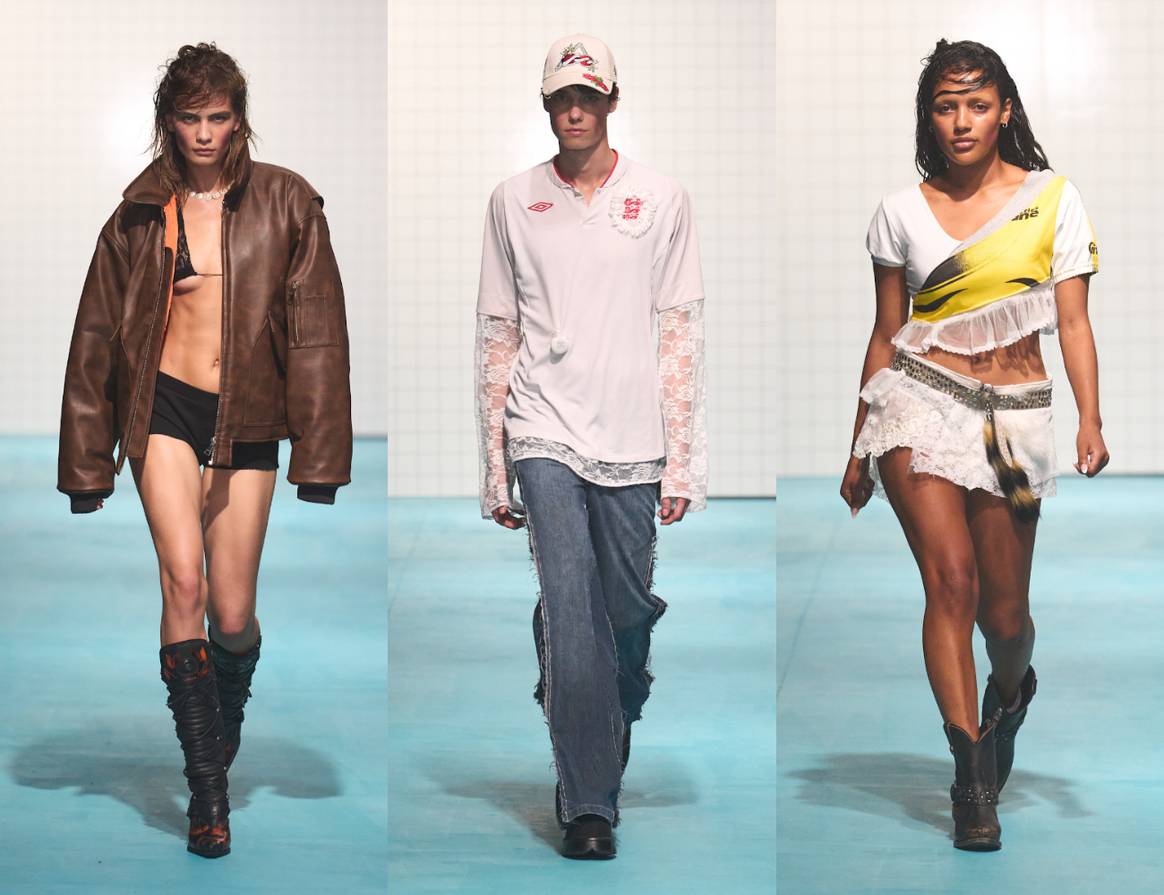
The SS25 collection, titled “The Dreamer of Steam City,” drew on urban maximalism, video games, and Tokyo street fashion. Designer Simon Wick crafted a series of layered looks that played with vintage denim, lace, and leather, alongside bold animal prints and Y2K-inspired accessories. Unlike Rotate, whose aesthetic has come to define the “Scandi-Girl” look, (Di)Vision’s eclectic style stands out in a sea of playful practicality, offering a fresh perspective on what Danish fashion can be.
The reemergence of brands like (Di)Vision and A Roege Hove at Copenhagen Fashion Week underscores the event’s unique ability to foster creativity while navigating the realities of the fashion business. It’s this balance that makes Copenhagen a crucial platform for designers who may not fit the traditional mold but have something vital to say.
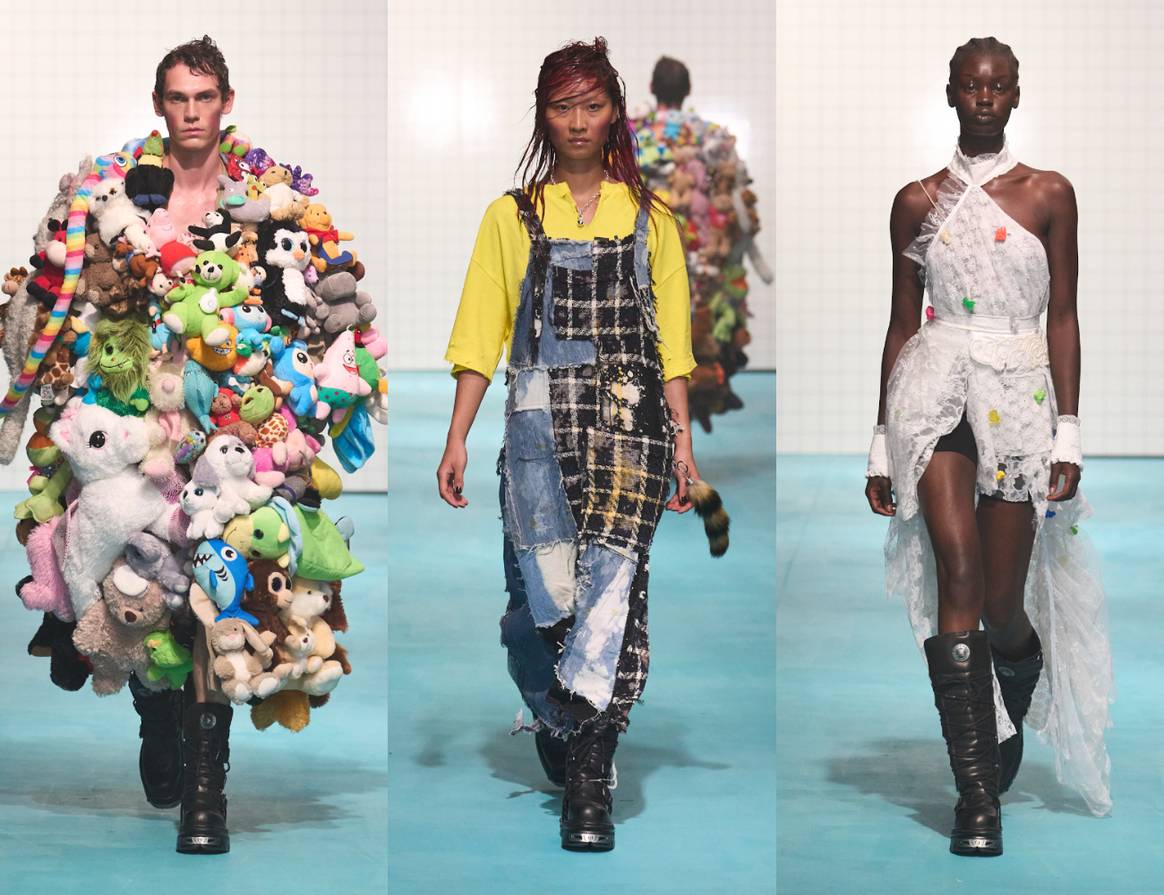
The Role of Collaboration in Copenhagen Fashion Week
The collaborative spirit that defines Copenhagen Fashion Week is perhaps best exemplified by the partnerships between brands and sponsors. While (Di)Vision’s return was backed by The Ordinary, Rotate found a synergistic partner in Pandora, the jewelry brand that opened its first flagship store in Copenhagen at the start of Fashion Week.
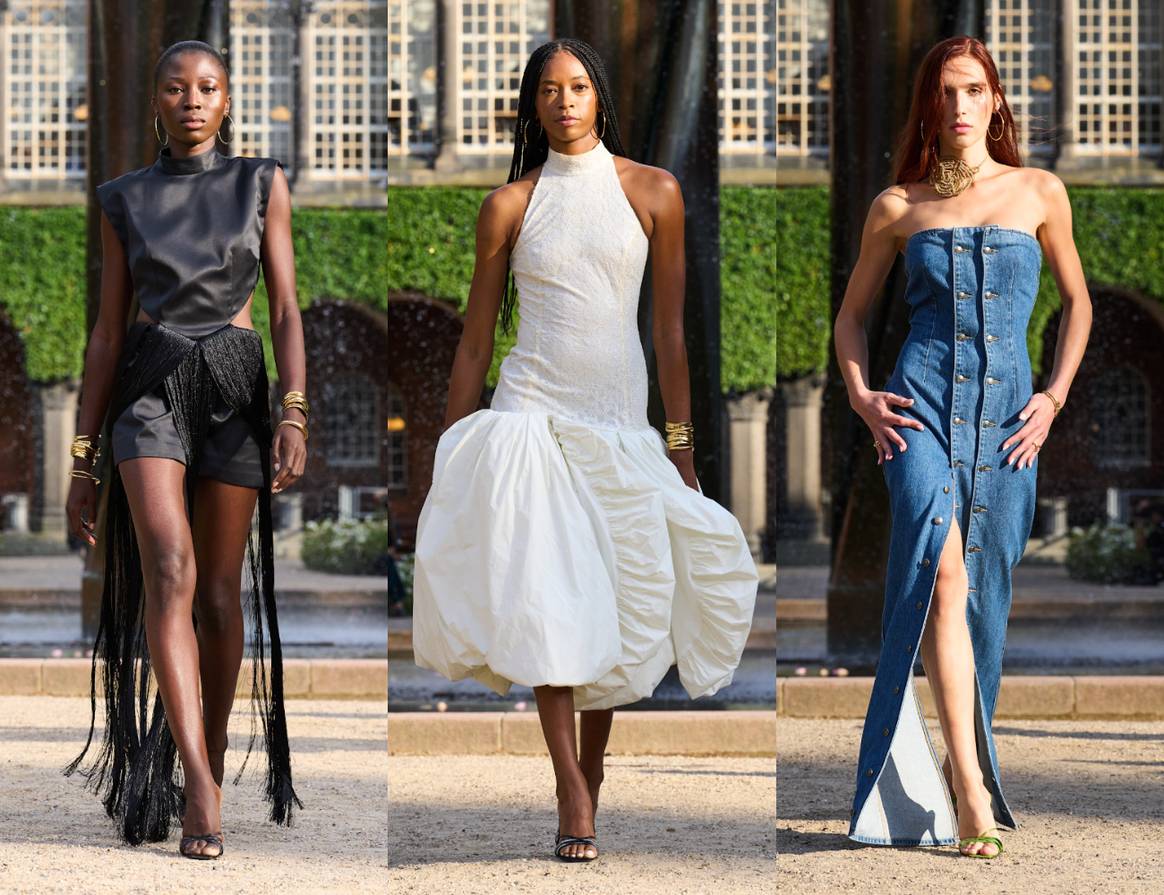
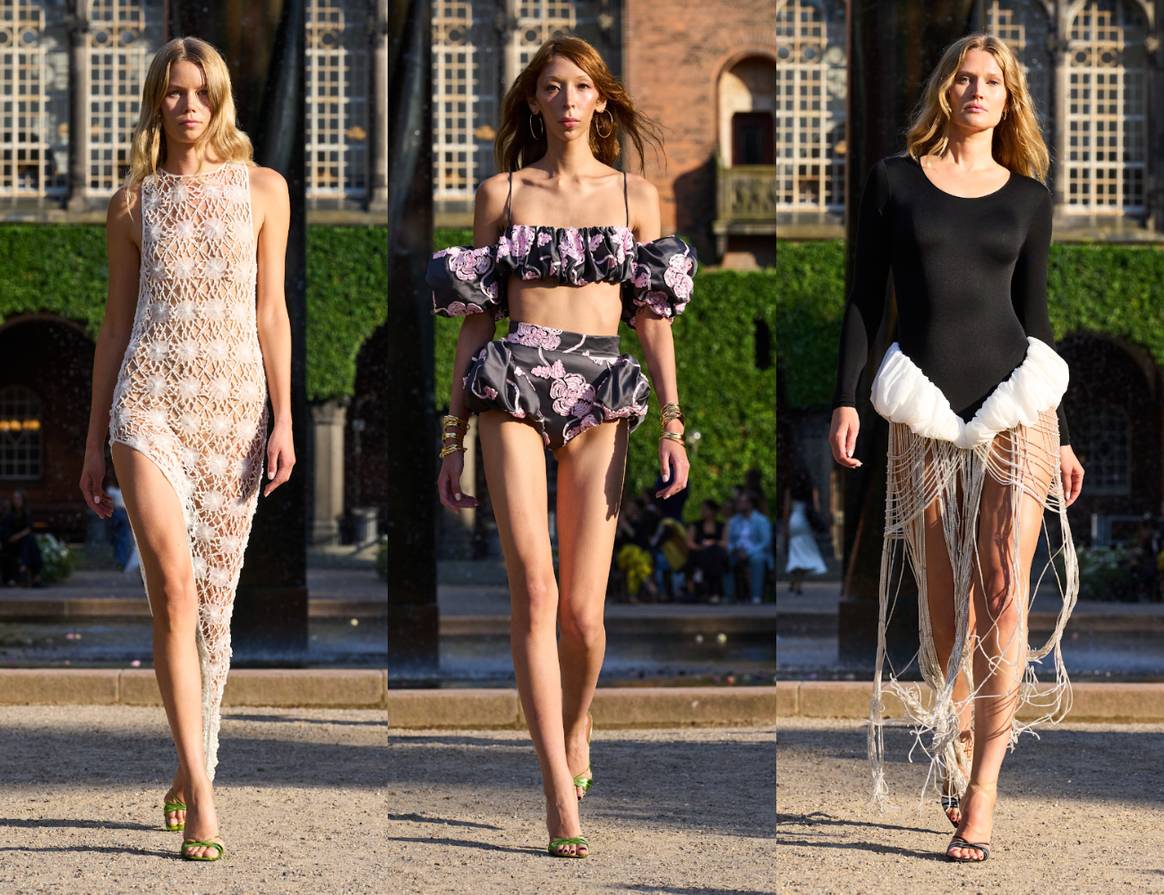
For its SS25 collection, Rotate shifted its focus from crystal-studded garments to ethereal, 1920s-inspired designs that emphasized romanticism and elegance. Chiffon dresses, adorned with ruffles, fringes, and delicate embroidery, were presented in soft hues of yellow, pink, and blue, creating a dreamy, light-hearted collection. The partnership with Pandora allowed Rotate to explore new creative directions, proving that even established brands can reinvent themselves.
This spirit of collaboration extends beyond individual collections. Copenhagen Fashion Week itself is a product of partnerships between designers, sponsors, and the broader fashion community. It’s a model that other fashion weeks might do well to emulate, especially in an industry that is increasingly reliant on such collaborations to survive and thrive.
What It Takes to Stand Out at Copenhagen Fashion Week
Copenhagen Fashion Week is a testament to the idea that fashion doesn’t need to be bound by tradition to make an impact. While longevity and heritage are often the hallmarks of success at the major fashion weeks in Paris, Milan, and New York, Copenhagen has shown that new brands can quickly establish themselves as leaders in the industry.
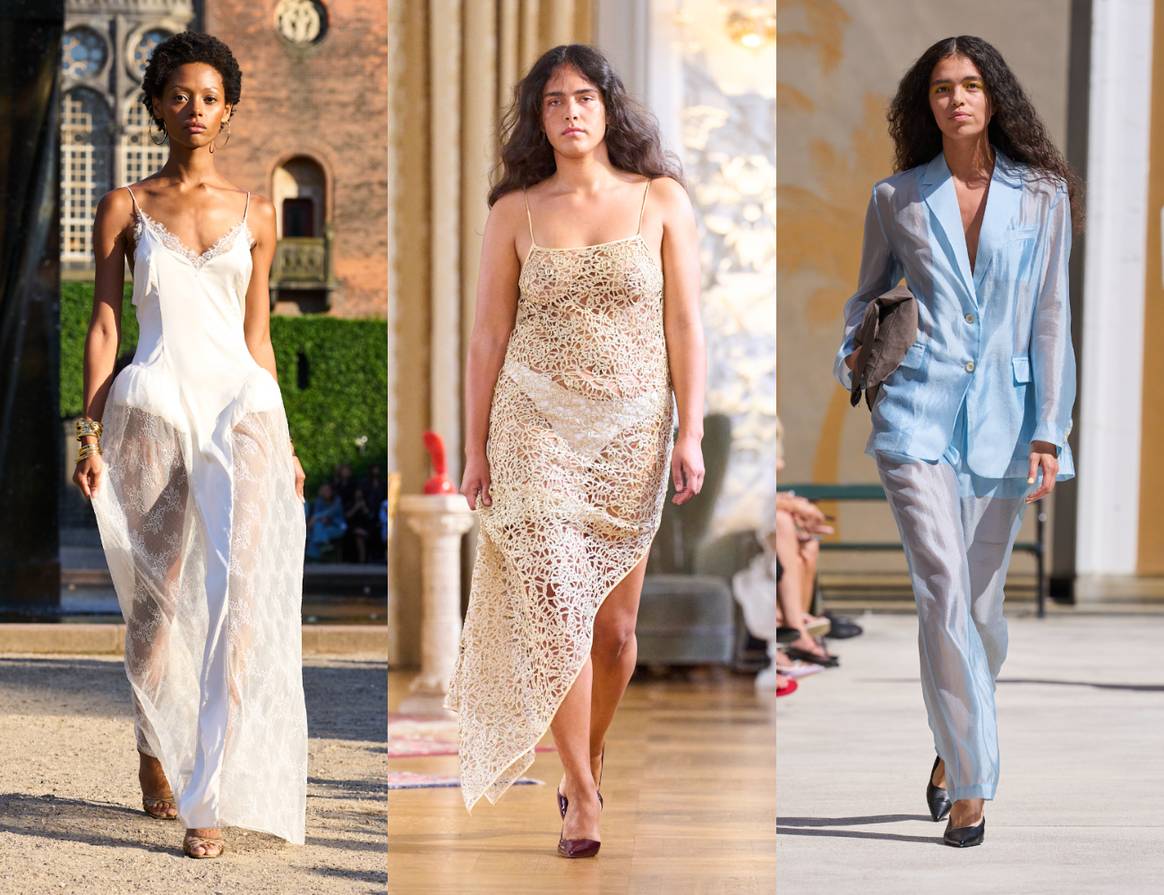
Take Ganni, for example. Despite not showing for the past two seasons, Ganni’s influence on Copenhagen’s street style remains unparalleled. This speaks to the brand’s deep connection with its audience and its ability to set trends even in its absence.
Similarly, brands like Rotate, Gestuz, and The Garment – all relatively young compared to the giants of the fashion world – have become fixtures at Copenhagen Fashion Week. Their success lies in their ability to resonate with the contemporary consumer, who values sustainability, inclusivity, and authenticity over heritage and tradition.
Copenhagen Fashion Week has positioned itself as a vital platform for emerging and established designers alike, providing a space where creativity can flourish without the constraints that often accompany more traditional fashion weeks. The event’s emphasis on sustainability and inclusivity sets it apart from its global counterparts, offering a blueprint for the future of fashion.
As the fashion industry continues to evolve, Copenhagen Fashion Week stands as a reminder that innovation doesn’t always come from the places you expect. In an industry that is often slow to change, Copenhagen is leading the charge, showing that fashion can be both beautiful and meaningful, creative and commercial. The Danish capital’s fashion week is not just an event but a movement, pushing the boundaries of what fashion can and should be.
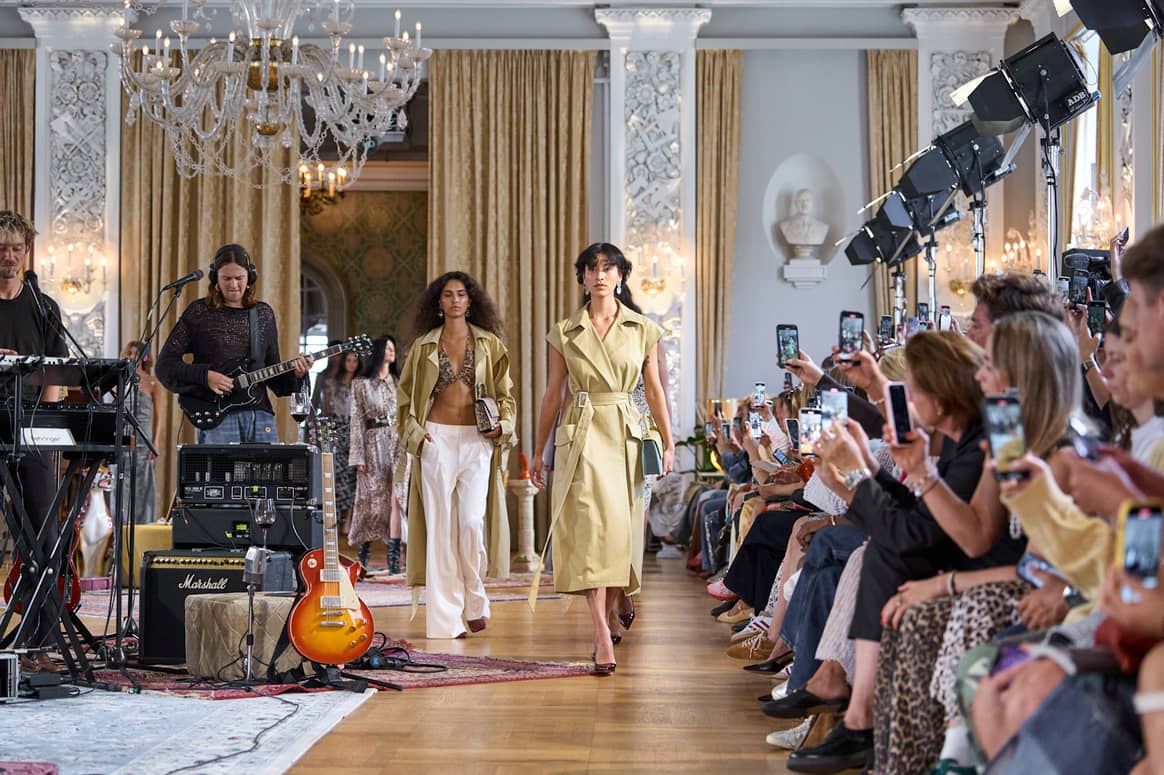
 Skip to content
Skip to content

